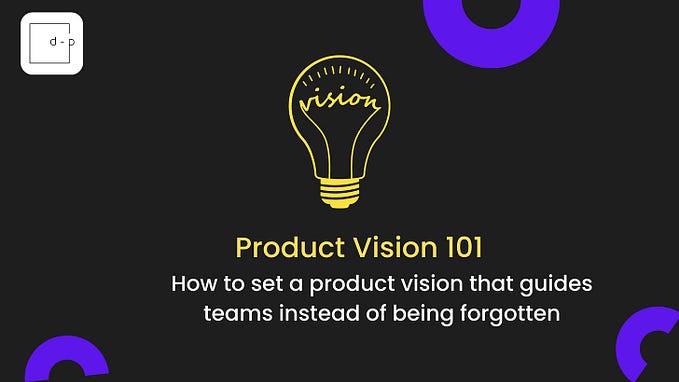Benchmarking vs. copying vs. actually driving innovation
When starting any project, a key part of it is always benchmarking the competition. This means observing, learning and leveraging best-in-class patterns, but it can also be a danger to actual innovation. In the search for parity, using industry standards that have been tried and tested is always a great starting point. But it isn’t all there is.
A success case with Virgin America
For example, every flight booking company and e-commerce website has a left column with filters for search results, so it seems only logical to emulate that in a similar product. But as Virgin America has proved in their flight booking flow, copying the competition isn’t necessarily the path to innovation.

They used conversational UI and a step-based flow to add delight to an experience otherwise unrevised for years. They put accessibility first with big touch areas, and let you follow what you selected in a breadcrumb view on the top of the page; and all that in a very mobile friendly environment.

And what does it mean to revisit an experience without measuring success, right? After the launch, they had a 14% increase in conversion rate, 20% decrease in web related phone calls and became the fastest loading airline website, logging just 2 seconds.
Always set your own metrics at the start of a project and know how you’re going to measure success — it’s important to the business, and should guide your work always.
Finding the sweet spot
So how can one find the balance between parity through benchmarking and actually trying to innovate? I like to think of this in a Venn diagram between technical competence (can we actually do this?), customer relevance (if I do this, do I actually impact the experience positively?) and industry advantage (does doing this give me an edge over my competitors?). If what you’re thinking of falls in the sweet spot in the middle, then you’re most likely on the right path. Bear in mind that the only way to ensure what you’re doing is going to be relevant, is through talking to your customers. Don’t expect to be handed ground-breaking ideas on a silver platter: be patient, and most of all, listen. Pay attention to what they say and what they don’t say, and pay attention to their body language when they’re talking about something. Building a good repertoire of user research is just as important as benchmarking when you want to understand the current state of a product.

Step, jump, leap
After all, why only aim to be the same as what is already out there? Go for it. Plan for an ideal state, even if the technical ability of your team is not quite there yet: you can always plan to go somewhere with incremental changes (iterate and fail fast!), but you can’t go anywhere without a clear north goal of where you want to headed.
As an experience advocate, it’s just as much our jobs to get people excited about the future as it is to get necessary changes and product hygiene deployed. Make the time to think of things in a step (minimum changes today, quick wins), jump (some major changes in the right direction), leap (the end goal, north star) basis. Don’t just benchmark and copy. Innovate and dare to create new industry patterns.








